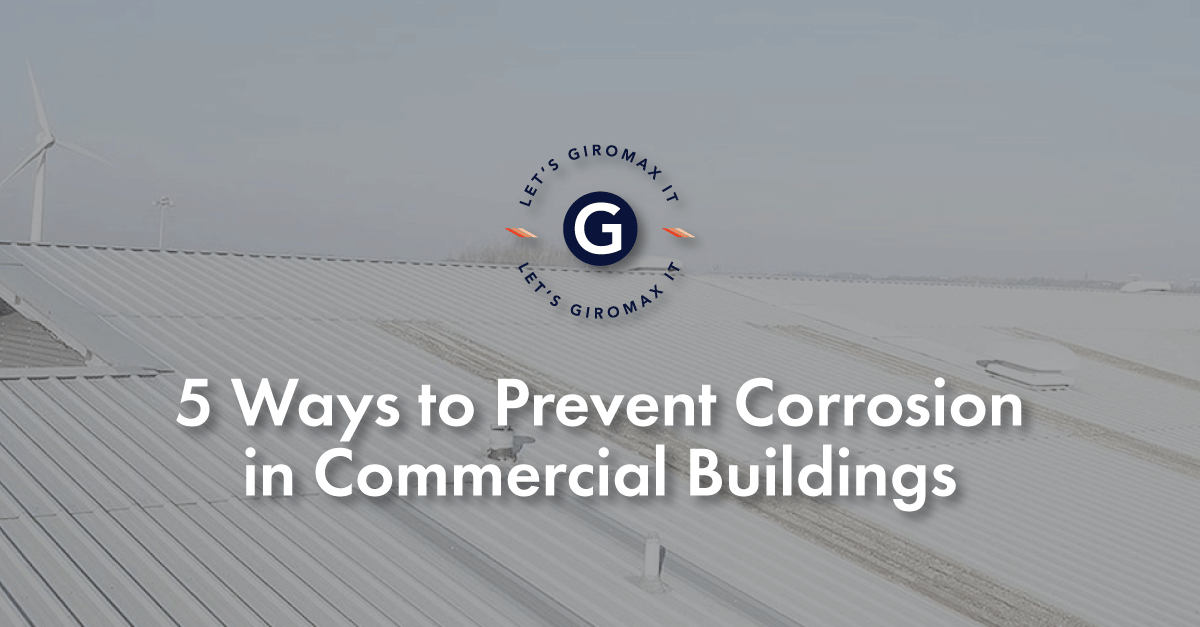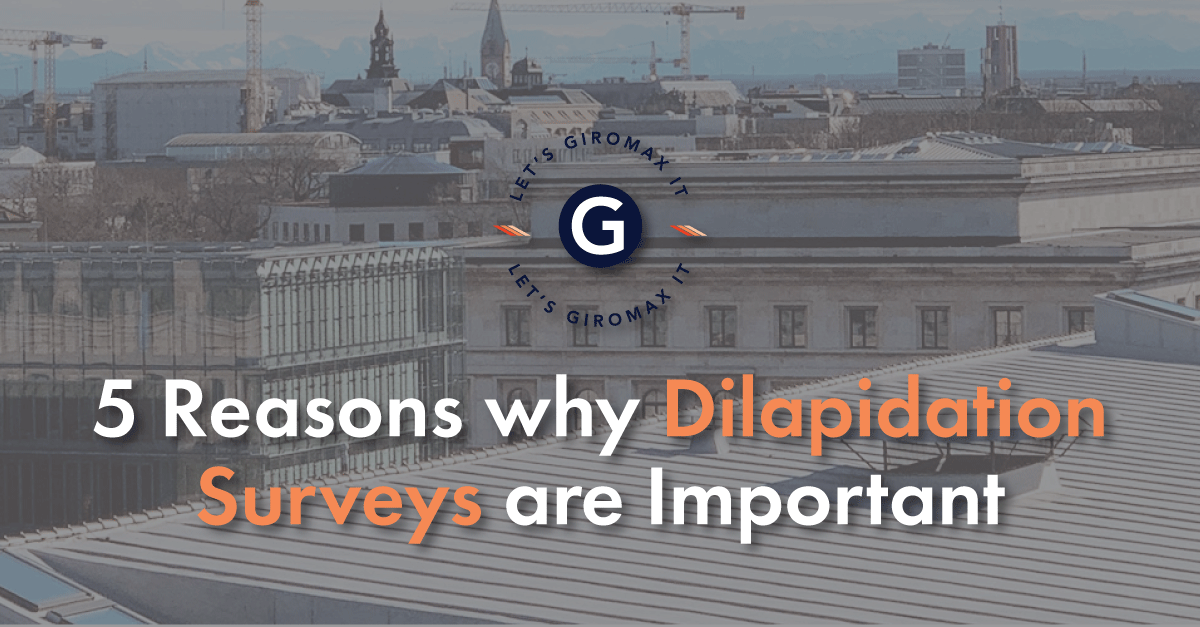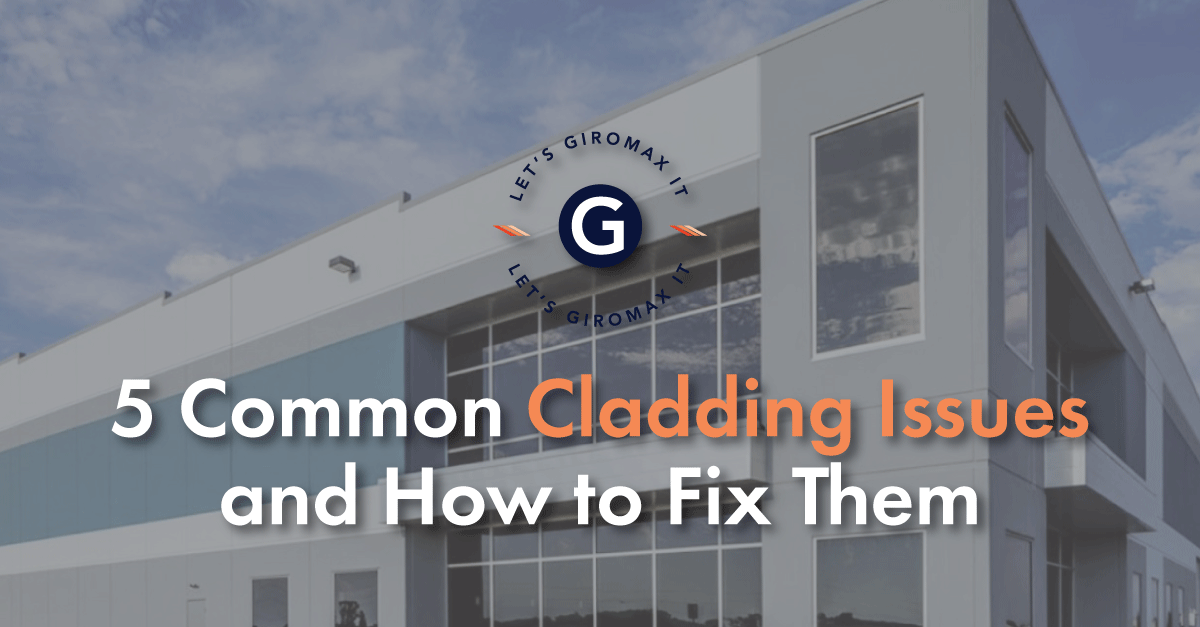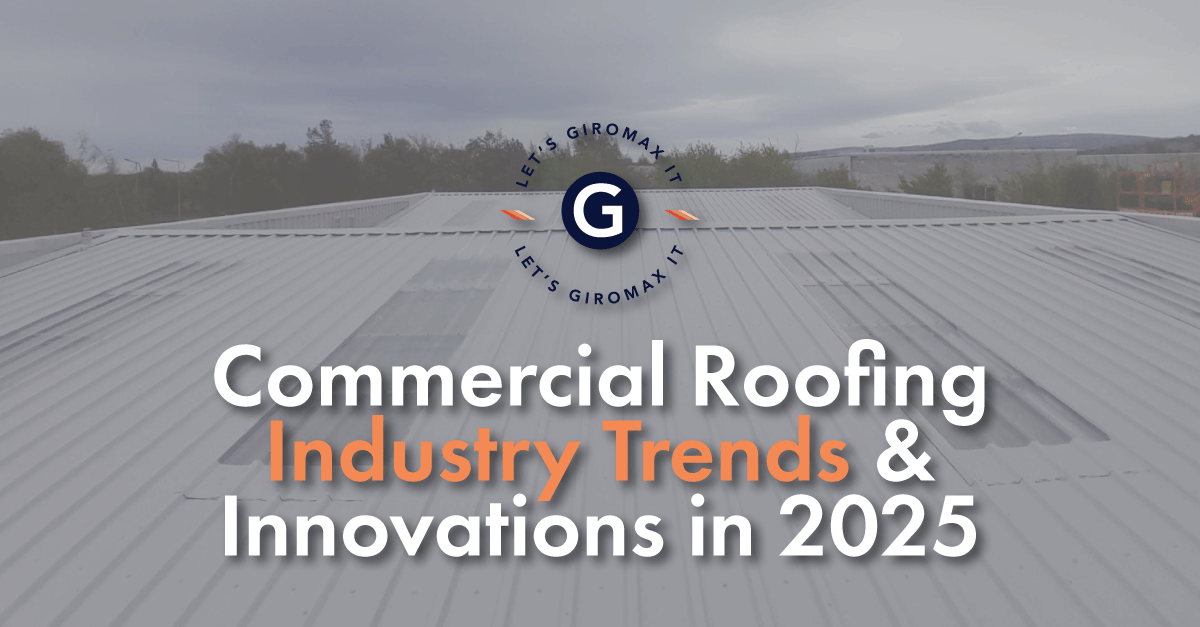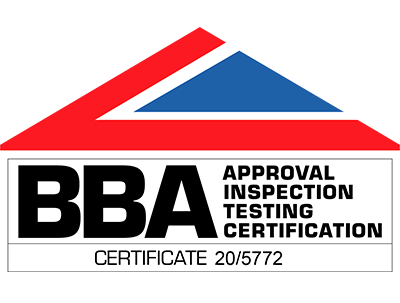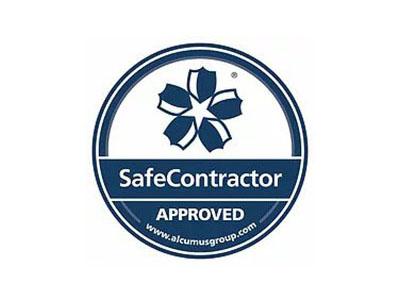5 Ways to Prevent Corrosion in Commercial Buildings
Corrosion protection is an important part of maintaining any industrial premises. In this blog we look at how to prevent corrosion in commercial buildings.
According to a study by the University of Edinburgh, the cost of corrosion in the UK amounts to £80 billion per year. There are several ways to prevent corrosion in commercial buildings.From pressure washing to rainscreens and protective coatings, some approaches are more efficient and cost effective than others.
Corrosion protection is an important part of maintaining any type of industrial premises. We look at five ways to prevent corrosion, so you can choose the right solution for your building.
1. Pressure Washer Cleaning
Pressure washer cleaning will help to protect against corrosion by removing dirt, debris and moss, which places pressure on metal cladding and roof sheets. A particular focus should be around roof lights, sheet laps, ridge caps and guttering systems. Gutters can easily become blocked, creating areas of pooling water that can result in metal corrosion.
For an industrial building, if appropriate use a 2,000 or 3,000 psi pressure washer.Depending on the time of year, it’s advisable to clean your commercial building with pressure washing equipment every few months. Although this won’t fully prevent corrosion, it will provide a level of protection when combined with other methods.
2. Rainscreens
A rainscreen is a type of exterior cladding, which is positioned away from the water-resistant barrier within the exterior wall of a building. It creates a vented air cavity behind the cladding, allowing any moisture to drain away. Rainscreens are effective for managing moisture and they are energy efficient due to their insulative properties. When excessive moisture gets trapped within building layers, this can lead to corrosion of nearby metal substrates.
Rainscreens are a building envelope mechanism. They are not designed to be used as a barrier to prevent water penetration, but to limit and drive rainwater away from the wall. Therefore, they should be used in conjunction with other corrosion prevention methods.
3. Alloyed Steel (Stainless)
Alloyed steel is a method that helps to improve the strength of the metal substrate by changing the physical or mechanical properties. Aluminium can be added to make the alloyed steel lighter and more resistant to corrosion. As a deoxidiser, nickel can be added toalso increase corrosion resistance. When chromium is added (usually 11%), this creates stainless steel and provides a high resistance to corrosion.
Alloyed steel has wide-scale use across construction, including building structures, and stainless steel can be used for roofing too. However, complex alloys are more expensive than galvanised steel, which is typically used for profiled metal roof sheets.
4. Cathodic Protection
When two metals are positioned closely together, and both are frequently submerged or exposed to water, this can cause galvanic corrosion. In these cases, galvanic cathodic protection could be the solution. This is a corrosion prevention method that uses an electrochemical process to protect metal. It’s an effective way to prevent corrosion because it can be used to prevent rust formation, which can rapidly deteriorate a metal substrate.
Cathodic protection is typically used for protecting metal pipelines, oil rigs, ships, tanks and harbour equipment. It can also be used to prevent corrosion in the structure of industrial buildings, such as concrete containing reinforced steel beams. But the high cost usually makes it too expensive for the protection of large scale roofing systems on commercial units.
5. Protective Coatings
Protective coatings can provide a cost-effective solution in preventing corrosion. The coatingforms a protective, water-resistant layer on the surface of the substrate. As well as being a barrier against rainfall, a well-designed coating can also protect against UV rays and impact.Giromax® has a range of moisture tolerant coatings that can be applied during damp conditions, helping to minimise any costly contractor downtime.
Giromax® Roofcoat is a highly durable, water–repellent, UV–resistant coating that isguaranteed for up to 25 years. When it comes to the cut edges of a metal sheet, cut edge corrosion can occur. In this instance, Giromax® Edgecoat is recommended. This treats thetop side and end of the cut edge by encapsulating the substrate. To protect guttering systems from corrosion, we use Giromax® Guttercoat, which is an elastomeric coating.
There are many methods to prevent corrosion and the solution you choose needs to offer a balance between short-term budgets and long-term cost benefits. Our Technical Services Managers have decades of expertise when it comes to preventing corrosion, using specially formulated coatings. They will inspect your building and provide technical guidance.
For corrosion protection, the Giromax® product range has a range of coating solutions for industrial buildings. If you need technical advice on application or preparation, please speak to our team or call 01455 558969 today.
Get updates from us
Sign up to our newsletter to receive all the latest news and insights from Giromax Technology.
Subscribe to NewsletterRelated articles
5 Reasons why Dilapidation Surveys are Important
Dilapidation surveys protecting your roof investment, ensuring compliance and safety standards, and accurate repair and maintenance planning.
5 Common Cladding Issues and How to Fix Them
Common cladding issues include cracking and structural damage, water ingress and moisture-related problems. We explore ways to fix cladding.
5 Commercial Roofing Industry Trends & Innovations in 2025
The latest commercial roofing industry trends include smart roofing technology, IoT, sustainable roofing solutions and advanced roof coatings…

